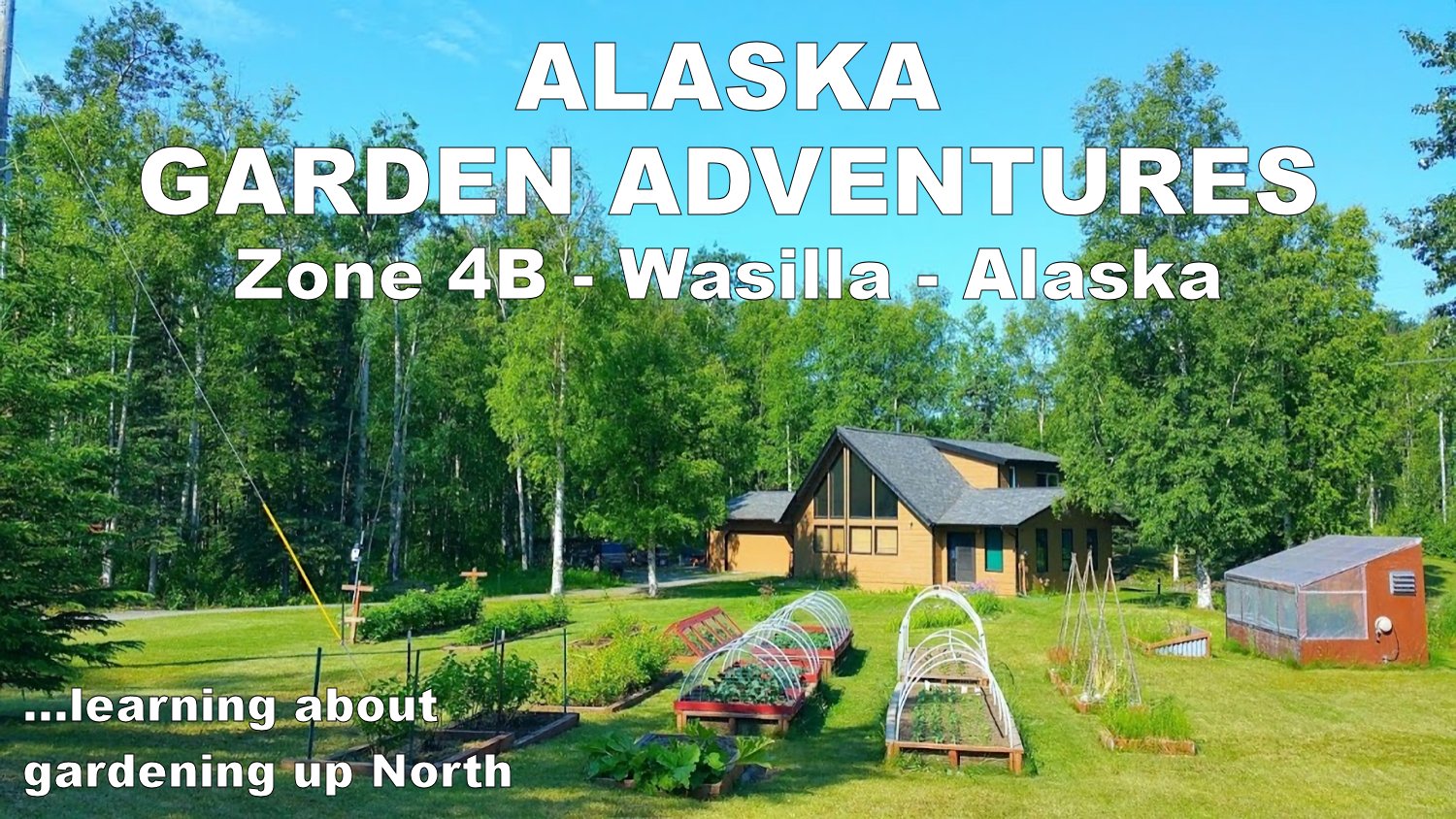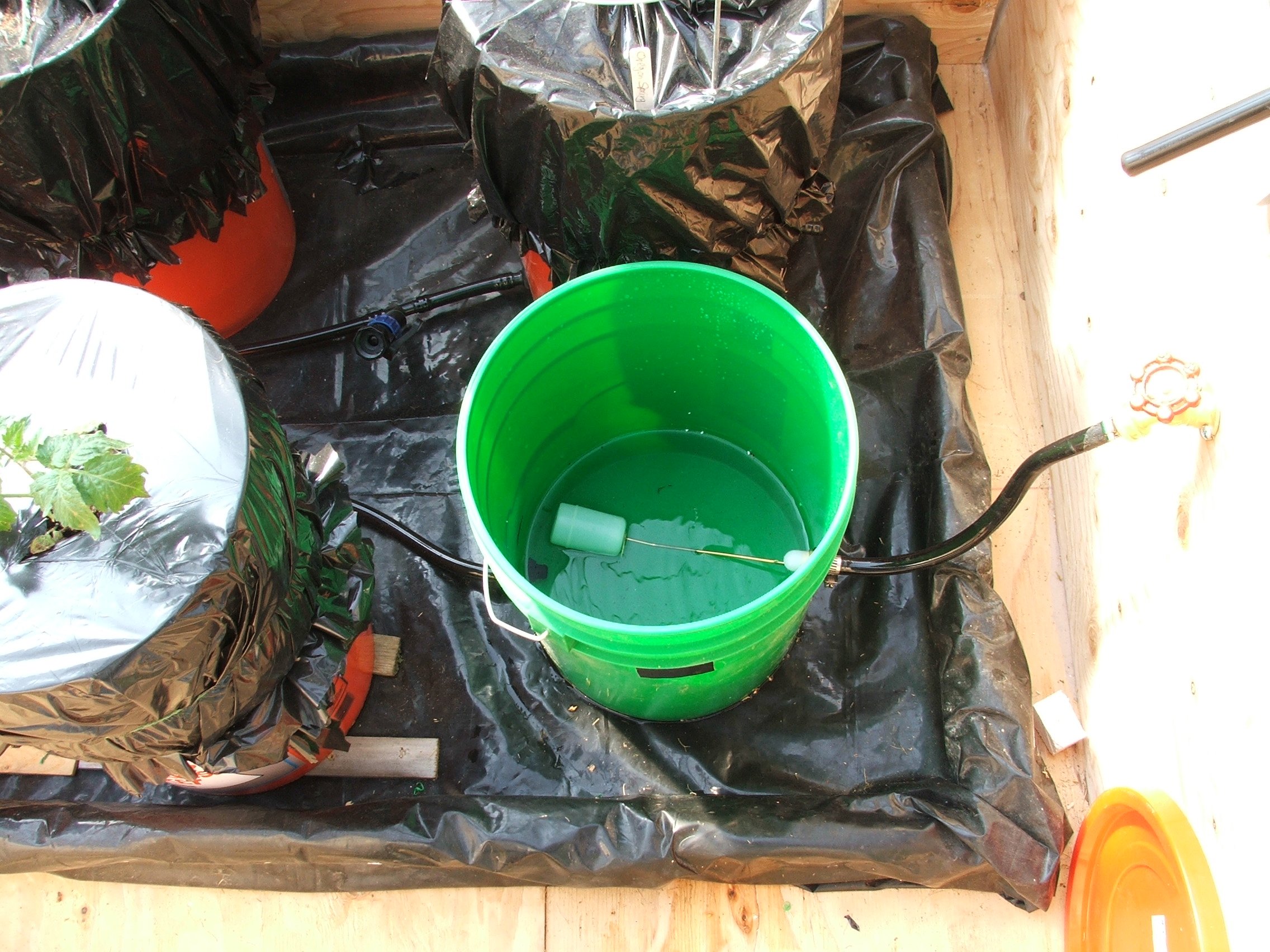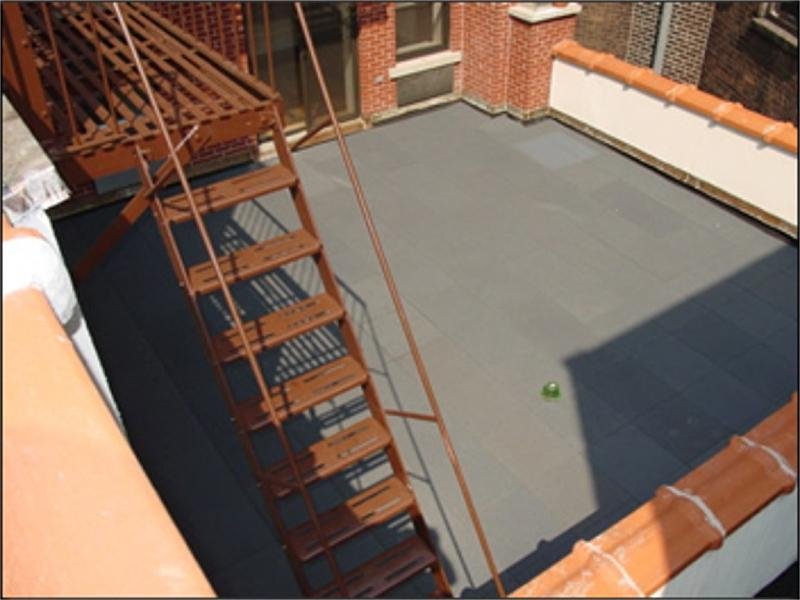Many people complain that "I can't grow food in my apartment or tiny back yard". I tell people to check out this video called: Global Buckets - by two 13 year old young guys - Grant and Max. I found this back in 2008 and I was inspired to make my own global buckets.
I am convinced that anybody can grow some food at home even in a city apartment. There is always room for a small plant shelf with a grow light for growing herbs or lettuce and maybe a super dwarf tomato plant. If you have a balcony you can expand and grow more food at home.
I read about their design and found their plans for a sub irrigated global bucket online. This design is common and used 2 stacked buckets. It is based in a Sub Irrigated Planter (SIP). Irrigation water is added to the container below the plant through a filler tube and a special wicking soilless grow mix will absorb the water like a sponge and draw it up to the roots. The best wicking grow mix uses Sphagnum Peat that can absorb 15-30 times it’s weight in water. The same common earth bucket design can be found on Wikipedia showing 2 stacked buckets and a filler tube.
Grant and Max had suggested maybe you could connect several buckets to a water barrel instead of watering each one separately. Using a float valve to regulate the water level was my idea that I decided to try. This requires that your grow buckets and the float valve bucket had to be on the same flat and level surface. Getting it to work just right took some trial and error with a few water spills along the way. I tried protecting my greenhouse wood floor with a plastic barrier, but that was not a good solution.
With further research I learned that plant roots require oxygen for growth and the traditional wet-dry cycle found in nature allows oxygen to penetrate the soil and reach the roots. Cloth grow bags allow air to migrate through the cloth and reach the roots. I decided to add ventilation holes in the outside plastic bucket that would allow air to pass through the cloth and reach the roots.
The final key to my design improvement was some way to hold the cloth bag off of the bottom of the bucket and allow the irrigation water to flow freely into the bucket without blocking the flow.
I proceeded to make my own earth bucket following this design. I found out quickly that it was not as easy as it looks and was tedious and complicated. Making several buckets to fill my small greenhouse was going to be a long project. They also had to be watered by hand every few days through the filler tube in each container. I set out to improve this design.
Original Alaska Grow Buckets
The next improvement was to simplify the design by eliminating the second bucket. Growing plants in cloth bags was an alternative to traditional containers and cloth grow bags were available but they were not very affordable. Reusable cloth grocery bags were available and very inexpensive. I think I bought almost all of the cloth shopping bags available at my local supermarket and they were just right for my needs.
I found an Arrow brand plastic kitchen colander that just fit inside a 5 gallon bucket and worked very well. Unfortunately the company discontinued this model and I had to find and alternate solution. Any large plastic colander would work, but many have side handles that needed to be trimmed off with strong shears that was less than ideal.
I recently found a plastic Bucket Insert that also fit and works just as well as a kitchen colander and at a much more affordable price. You can order a set of 8 Bucket Inserts online.
I was inspired to come up with a simpler and more efficient design using low cost materials. It was not my idea. I simplified the design using only one bucket and a fabric shopping bag. I improved the design by connecting the buckets to a gravity fed - automatic irrigation system.
No power is needed to run pumps or timers. All you need is a water source and sunshine. I decided to offer a simple instruction guide for free. You can download my free DIY instructions to make a complete Alaska Grow Buckets System here.
I found another another garden group online about using wasted rooftop space called Green Roof Growers created by some folks in Chicago, Illinois. They were growing vegetables on their building rooftops in the City of Chicago using homemade sub-irrigated buckets (SIPs).
The idea of using wasted rooftops for growing food leads me to think of apartment balconies, decks, and vacant lots. Even a spare bedroom with grow lights can be used to grow salad greens all year long.















